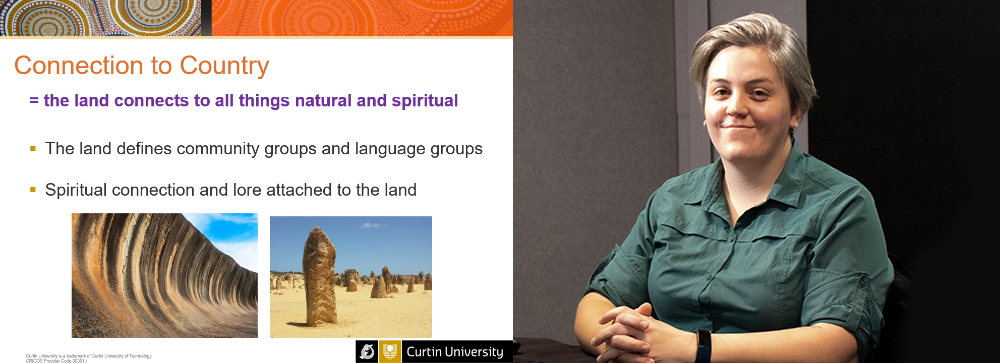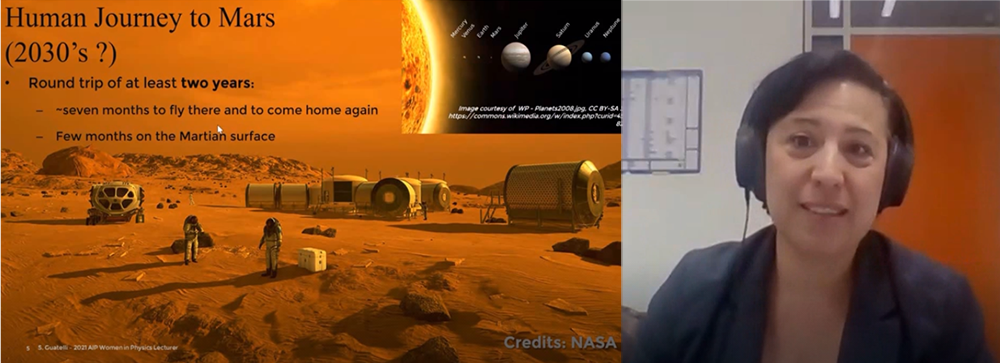In the past month SIDE students have had access to two fascinating and different scientists through Webex presentations.
Dr Leanda Mason is a Western Australian conservation ecologist of Minang, Noongar heritage, while Dr Susanna Guatelli is a leading international researcher in radiation physics from Genoa in Italy. The sessions were organised and chaired by Dianna Tomazos who is a teacher in the Science team at SIDE.

Dr Mason is a Lecturer in the Centre of Aboriginal studies at Curtin University. The presentation related in part to the theme for schools of National Science Week 2021, Food: Different by Design, a reflection of the United Nations International Year of Fruit and Vegetables. Talking about the Aboriginal peoples’ immense connection to land and country, Dr Mason discussed conservation, the adjustment of diet related to seasons and availability, different kinds of food preparation, for example, use of specific techniques to remove toxins, and bush medicine. They provided a great insight into living on country.

In contrast, Dr Susanna Guatelli is the Australian Institute of Physics (AIP) 2021 Women in Physics Lecturer. The AIP program celebrates the contribution of women to advances in physics. She is based at the University of Wollongong where she is Academic Director of the Bachelor in Medical and Radiation Physics.
Her research focusses on radiation and the context for this presentation was the protection of astronauts from the effects of cosmic radiation while travelling on a manned mission to Mars.
Dr Guatelli’s interest in this area began as a university student. During her PhD she worked with other scientists in an international collaboration based at CERN where she contributed to the development of radiation physics simulations to support research into the medical uses of radiation, radiation protection and radiobiology.
Her research in this area has continued. She discussed the effect of cosmic radiation on astronauts who would be exposed to it for long periods of time in the planned mission to Mars. While scientists have some tools available to them to research this problem such as experiments using accelerator facilities or the International Space Station, radiation physics simulations have become a powerful tool in the development of potential solutions to shield the astronauts in transit and on bases on the Moon and Mars. She stepped students through the process of creating and validating these simulations.
Students and staff in both groups asked many interesting questions, not only about the areas of research but also about careers in science.
If you didn’t have a chance to attend the sessions, check out the recordings in Moodle.